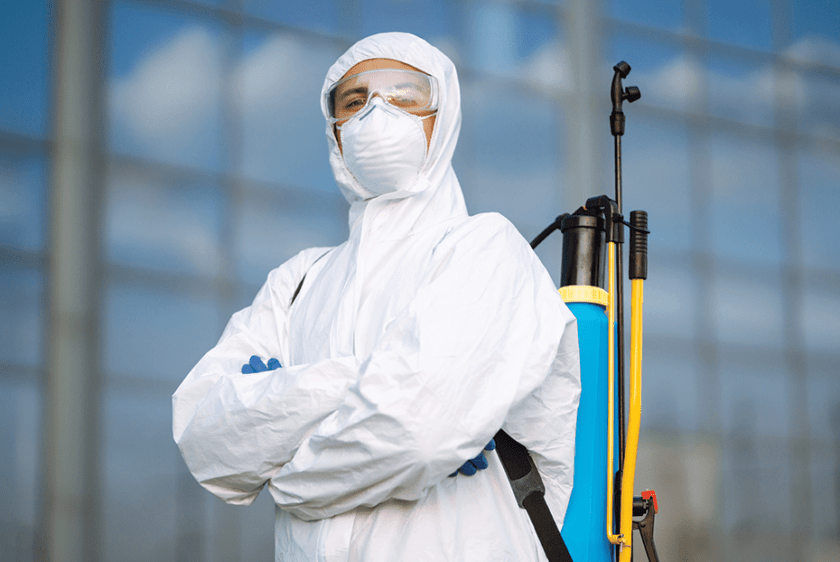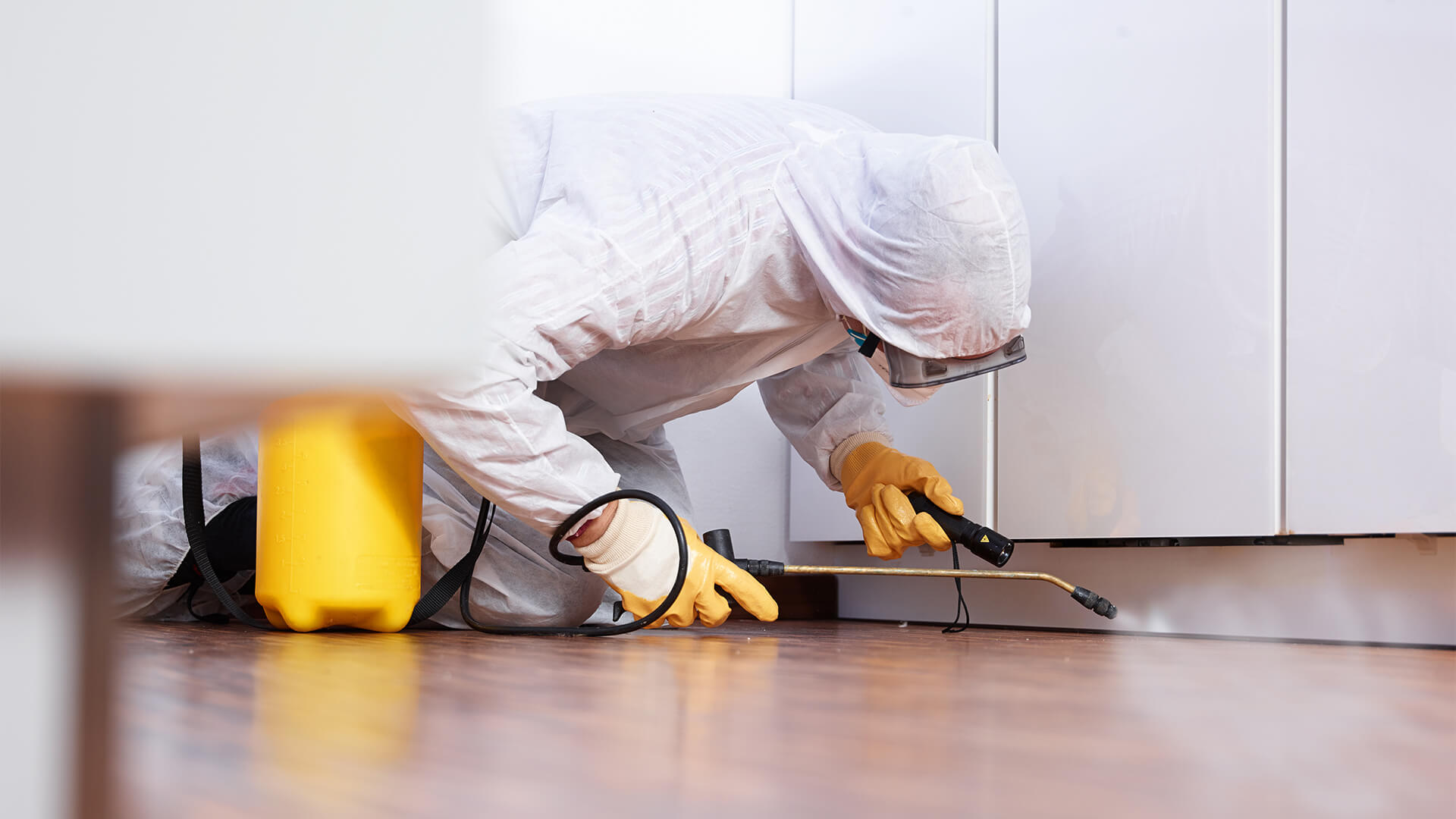Certified Pest Control for a safer living space.
Eco-Friendly Parasite Control Approaches for Handling Wildlife in Urban Areas
Urban areas commonly discover themselves at the crossway of human task and wildlife, causing special difficulties in parasite administration. Environment-friendly strategies emphasize sustainable coexistence, using strategies such as habitat adjustment and all-natural repellents to minimize human-wildlife problems. These techniques not only secure the atmosphere but additionally boost neighborhood engagement in wildlife monitoring. As metropolitan populaces remain to grow, recognizing the dynamics of wildlife interactions ends up being progressively essential. What ingenious approaches can be implemented to ensure both ecological balance and metropolitan safety and security? Exploring this question reveals a compelling landscape of possible options.
Recognizing Urban Wildlife Dynamics
Comprehending Urban Wildlife Characteristics is vital for creating efficient and environment-friendly bug control approaches. Urban locations are significantly becoming habitats for different wildlife varieties, driven by factors such as environment fragmentation, food accessibility, and human encroachment. Acknowledging these dynamics enables a nuanced strategy to pest monitoring that lines up with environmental concepts.
Urban wild animals often includes varieties such as raccoons, squirrels, and birds, which adapt to city atmospheres, discovering specific niches in eco-friendly spaces, parks, and also property areas. Their presence can bring about conflicts with humans, particularly when they make use of personnels for food and sanctuary. Understanding the habits and ecological roles of these species notifies techniques that lessen unfavorable communications while promoting biodiversity.
Furthermore, acknowledging the interdependencies within city communities helps in recognizing critical locations for environment preservation and restoration. This knowledge adds to the advancement of incorporated insect management (IPM) methods that think about the environmental balance, therefore decreasing reliance on harmful chemicals. By cultivating coexistence in between humans and metropolitan wild animals, cities can produce much healthier settings that profit both residents and regional ecological communities, leading the means for sustainable metropolitan living.
All-natural Repellents and Deterrents
Natural repellents and deterrents use a lasting alternative to conventional parasite control techniques by taking advantage of the power of nature to maintain unwanted types away. These green services generally make use of plant-based ingredients, necessary oils, and various other naturally happening substances that prevent insects without damaging the setting.
One effective all-natural repellent is peppermint oil, which is recognized to push back rodents and insects. Its solid aroma is undesirable to several bugs, making it a popular selection for city settings. In a similar way, vinegar and citrus peels can function as deterrents, as their strong odors are usually unattractive to different wildlife.
Furthermore, diatomaceous planet is an all-natural powder that can be spread in areas vulnerable to insect activity, successfully drying out and discouraging bugs without posing threats to non-target species. Additionally, garlic sprays and neem oil are acknowledged for their capability to drive away a vast array of parasites, consisting of both insects and bigger wildlife.
Applying these all-natural repellents not just reduces reliance on chemical pesticides yet also promotes a much healthier city ecosystem, promoting a more well balanced coexistence between human beings and wildlife. By utilizing these techniques, metropolitan areas can properly manage bug populaces while decreasing environmental impact.
Environment Adjustment Methods
Effective habitat adjustment methods play a critical role in sustainable bug administration by changing the environment to make it much less conducive to pest invasions. By comprehending the ecological characteristics of urban areas, homeowner can carry out critical alterations that deter insects while advertising biodiversity.
(Mosquito Treatment)One key technique includes keeping correct sanitation. This consists of normal waste removal, protecting trash can, and eliminating standing water to reduce breeding websites for pests and rats. Additionally, landscaping techniques such as picking native plants can boost ecological balance, supplying environments for beneficial organisms while minimizing sources for pests.
An additional important technique is to secure entrance points in buildings. Inspecting and fixing splits in structures, wall surfaces, and home windows can substantially minimize insect access. Moreover, producing physical obstacles, such as fences or plant barriers, can prevent wildlife motion into human-inhabited locations.
Integrated Parasite Administration Practices
Structure upon environment alteration methods, integrated parasite monitoring (IPM) methods use an alternative approach to regulating insect populations while lessening environmental impact. IPM integrates different techniques, consisting of biological, cultural, mechanical, and chemical controls, to accomplish effective parasite administration.
Organic control includes the intro of natural killers or parasites to minimize insect populations. Social techniques, such as plant turning and sanitation, disrupt pest life process and reduce their environments - Pest Control. Mechanical controls, like catches and browse this site barriers, offer instant remedy for parasite stress without chemical treatment
Chemical controls are utilized as a last hope, focusing on targeted applications that limit damage to non-target species and the atmosphere. The selection of eco-friendly pesticides, when essential, is important to the IPM structure. Additionally, monitoring bug populations and evaluating possible damage helps notify decision-making, ensuring that interventions are prompt and reliable.
Community Involvement and Education And Learning

(Honey Bee Relocation)Workshops and informational sessions can furnish residents with understanding concerning native varieties, habitat conservation, and efficient safe parasite management techniques. Cooperation with schools, regional companies, and federal government firms further improves academic outreach, making sure that vital info gets to varied audiences.
Additionally, community-led campaigns, such as neighborhood clean-up days and habitat restoration jobs, not only promote biodiversity however likewise enhance neighborhood connections. Pest Control. By motivating citizens to share their experiences and monitorings, neighborhoods can establish targeted strategies that address specific regional insect problems
Integrating feedback from locals into pest management plans allows a much more responsive and adaptive method to wildlife challenges. Ultimately, educated and engaged areas are vital to achieving long-term success in environmentally friendly insect control, resulting in healthier city environments that respect both human and ecological demands.

Verdict
In verdict, environmentally friendly pest control comes close to deal sustainable remedies for handling urban wild animals. By focusing on habitat alteration, using all-natural repellents, and executing incorporated insect monitoring methods, areas can foster an unified conjunction with regional animals. Involving residents with education and learning enhances awareness and motivates liable wildlife communications. Ultimately, these techniques not only shield biodiversity but likewise advertise ecological health, making certain urban areas stay lively ecosystems where humans and wildlife prosper together.